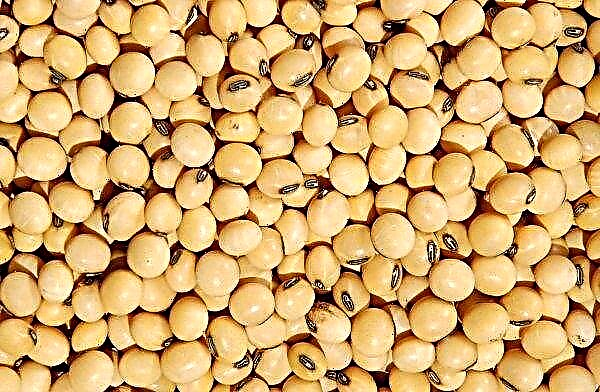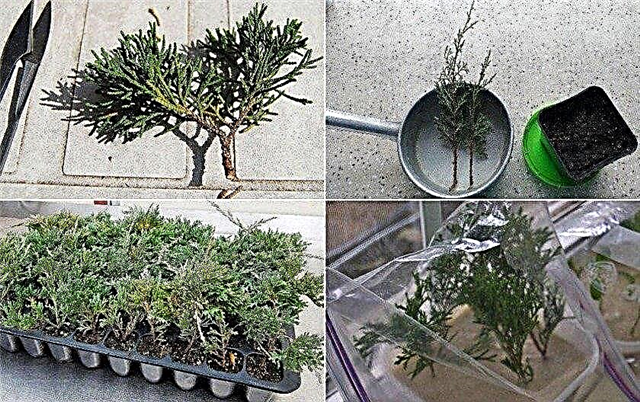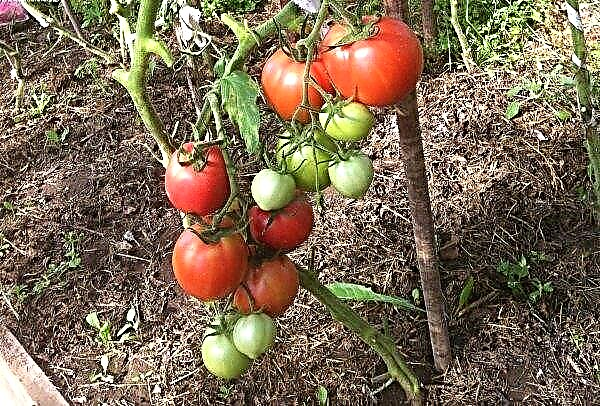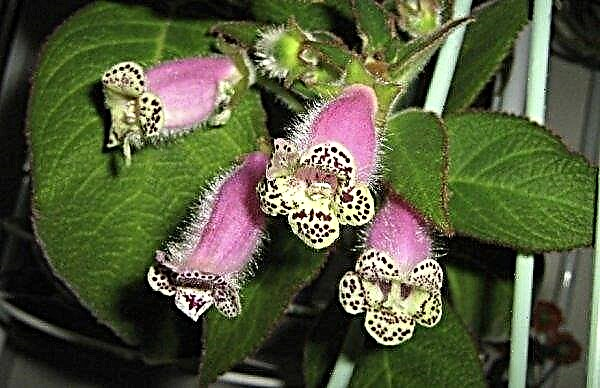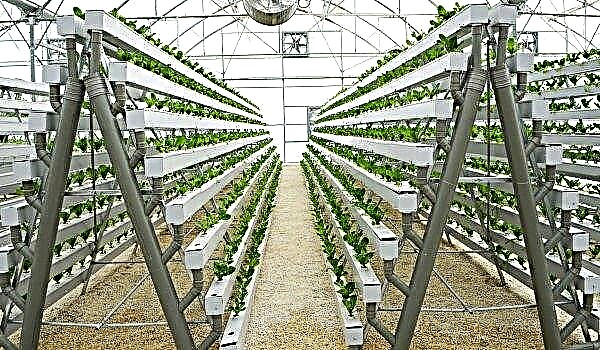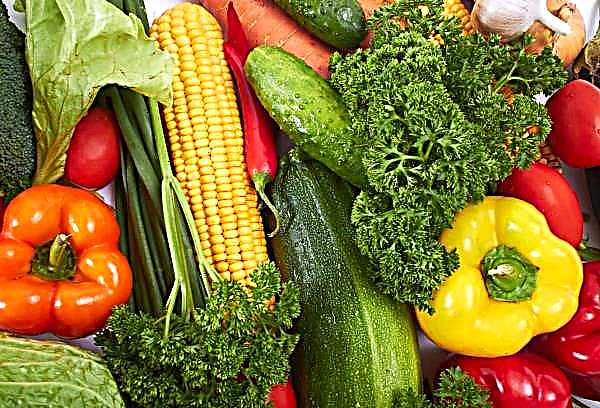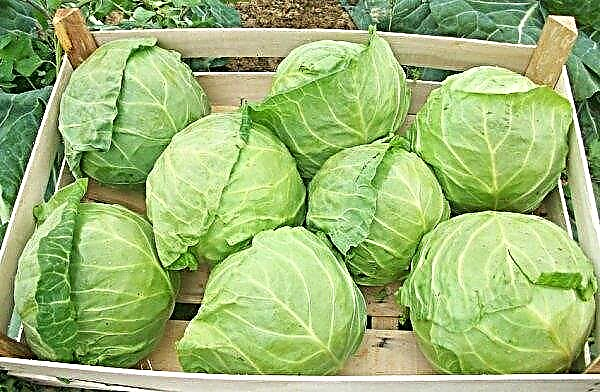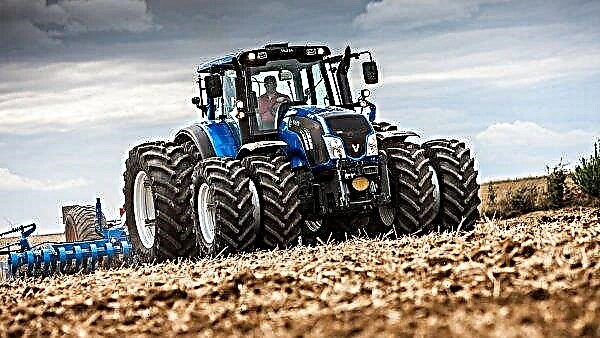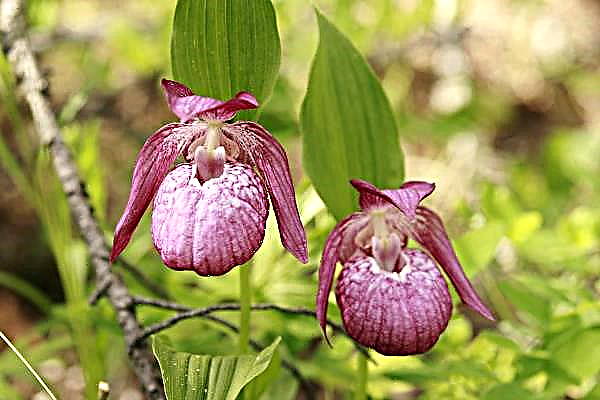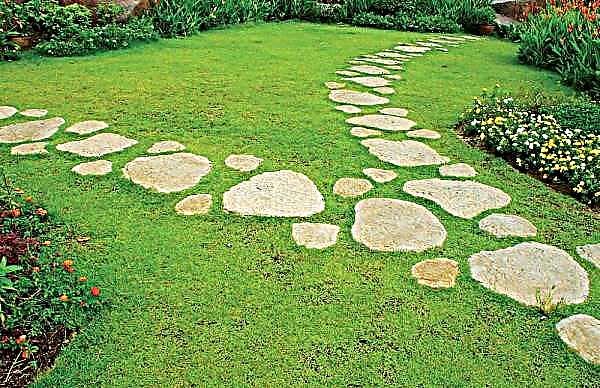Agrarians and gardeners take great care to develop and use new varieties of potatoes. The article discusses the characteristics, planting and growing methods, rules for care and storage of high-yielding varieties of Labella potatoes.
Grade history
Thanks to the breeding work carried out by the German company Solana, today in the state agrarian registers of many countries you can find a potato variety called Labella. In Germany, the first tests were carried out on yield, adaptability to long-term storage and taste characteristics for the variety.
Did you know? The potato’s historical homeland is South America, where did this root crop begin its journey around the world. At first it was brought to Europe, at about 15–16 centuries, and only by the end of the 17th century spread throughout North America.
The variety has received high marks and is recommended for cultivation both on an industrial scale and in personal garden plots.
Description and characteristic
Universal and unpretentious in care and maintenance, a variety that will delight all breeders with its characteristics. Labella tolerates drought, high humidity in the rainy season, fogs, cold nights, and is highly resistant to bacterial and viral infections.
To a small degree susceptible to late blight, purulent and mold diseases. Undemanding to watering and tolerant of sandy soils.
Labella potato tops are compact, saturated green in color. The deciduous cover is plentiful, has a rigid structure, and has a slight wave at the edges. The solanaceous variety blooms with small white-purple flowers, collected in small corollas. One bush can produce 14-17 large potatoes, where the percentage of non-commodity trifles will be extremely small.
Labella tastes good, has a light creamy aroma, nutritious and has an average degree of digestion. Suitable for frying, boiling, baking.
Did you know? Potato is considered a poisonous plant, its berries can cause poisoning with complications. It is enough for an adult to eat 1-2 berries. History knows the facts of the death of people who have eaten poisonous berries from potato bushes.
Characteristics of Labella:
- medium-sized potatoes weighing 75–105 g;
- the shape is elongated-oval, aligned;
- the peel is thin, smooth, reddish;
- eyes are small, superficial, dark red;
- the flesh on the cut is light yellow;
- starch content is below average;
- high content of protein, mineral salts, vitamins of group B.

Pros and cons of selection
- Labella has many advantages, given her versatility and unpretentiousness in care:
- uniform size of tubers; overgrown giants and small peas are absent;
- high yield;
- undemanding to the frequency of watering;
- resistance to fogs, heat, drought, high humidity and other natural phenomena;
- excellent presentation;
- acceptable indicators of transportability and safety;
- developed protection against diseases to which potatoes may be exposed;
- excellent taste;
- versatility in cooking (frying, cooking, baking).
- Cons of selection are:
- poor resistance to frost;
- inability to deter insects and pests.
These phenomena still have to be fought on their own.
Did you know? It was rumored that the first potato bush in history had grown in the midst of the grave of the daughter of the Aztec king Mamers, who, according to legend, was a libertine. In this regard, in Russia, potatoes were considered a "devil fruit." Whoever feasts for him will sin all his life and go to hell.
Planting potatoes
As in the case of providing proper and comprehensive care for plantations, there is a technology in planting Labella potatoes, the features of which will be described in more detail.
Optimal landing times
The optimal period for planting potatoes is considered to be the end of April - the beginning of May. At this time, the air temperature is already balanced in order to exclude the possibility of frosts that the variety does not tolerate. By the beginning of the third month of spring, the earth manages to warm up to accept the seed.
Humidity during this period is at an acceptable level, which will not require additional loads in the form of artificial irrigation.
Crop rotation rules
Ideal precursors for the Labella variety are all types of legumes, pumpkin, cabbage and cucumbers. As siderate culture, it is recommended to use phacelia or oil radish. The natural lighting regime is sufficient for growing solanaceous crops, so you don’t have to worry about the lack of sunlight.
Labella potatoes prefer sandy or sod-podzolic soil.
Important! For the successful cultivation of potatoes in the conditions of their own farm, choose a site where the shadow from the trees does not fall. Sunlight is an important participant in the growth and development of solanaceous crops.
Soil requirements
The soil must meet acidity standards and not contain clay impurities. Determine the acidity will help the weeds on the site. If among them there are dandelions, coltsfoot, wheat grass, clover or chamomile, therefore, this is fertile soil with a balanced acidity index. Clay admixtures can be identified by the way water is absorbed. If puddles quickly form on the surface and they slowly seep or do not seep into the soil at all, then you are dealing with clay soil. If water is freely absorbed, such soil is suitable for growing potato crops.
Clay admixtures can be identified by the way water is absorbed. If puddles quickly form on the surface and they slowly seep or do not seep into the soil at all, then you are dealing with clay soil. If water is freely absorbed, such soil is suitable for growing potato crops.
In addition, it is recommended to decontaminate the soil with the help of special mixtures, which can be purchased at gardening stores. Wood ash is an excellent antibacterial agent.
Spray ash on the site before sowing, or sprinkle ashes on potatoes under the ashes, and then you can not worry about preserving the harvest from purulent or mold bacteria.
Preparing planting material
The selection of future planting material can begin immediately after harvesting. Tubers are medium in size. Make sure that the fruits are whole, without visible damage, incisions, purulent lesions or black dots on the surface.
Before planting, the potatoes are reviewed, checking the quality of germination of seedlings. If the sprouts are whole, strong and thick, then such tubers can be sent to the ground. If the sprouts are weak, thin or broken, then it is better not to plant such potatoes in the ground.
Important! Leave at least 70–75 cm between rows. It is important to take into account that the potatoes have room to grow, and bushes and tubers are less damaged during watering, hilling and weeding.
Landing technology
Labella is planted like this:
- Dig a hole in the bayonet of a shovel deep.
- Sprinkle with ashes.
- Burrow the tubers. If the soil is too dry, the hole should first be poured with water, wait until it is absorbed, and only then send the tubers into the hole previously sprinkled with ash.
- After planting, gently fill the pits, being careful not to damage the sprouts.

Care Features
In the matter of ensuring proper and comprehensive care of the plantation, there is also a technology, the features of which will be examined in more detail.
Fertilizer
Fertilizers are an integral part of successful potato cultivation. It is important to be guided by one rule: in the spring, apply nitrogen-containing fertilizers to the soil, and in the autumn, enrich the soil with phosphorus and potassium fertilizers. You can purchase such mineralizers in any specialized store.
Watering
Labella potatoes are watered 3-4 times per season. If the summer turned out to be hot and arid, the number of waterings is increased to 5–6. Watering using a spray system will be suitable. So you can cover a large area of the plantation and provide the most natural irrigation conditions. Watering should be carried out for at least 1 hour in one area.
Hilling and weed removal
Weeds will bother after rains or watering. They will have to fight with weeding. During the season, you will have to complete from 2 to 5 procedures, depending on the frequency of irrigation and the frequency of rainfall. On the 7-10th day from the day the tubers are planted in the soil, it is necessary to carry out the earthing up.
Important! In order to save moisture after watering, it is recommended to mulch potato bushes.
In the future, the procedure may need to be repeated, since the mounds tend to erode and collapse over time.
Pest and Disease Control
Labella disease resistance reduces the need for intervention. In order to prevent the development of diseases, it is recommended to treat the plantation with a solution of herbicides once. The affected bushes should be dug up as soon as possible, and the tops of the tops should be cut and disposed of (it is better to burn).
You may encounter such uninvited guests as: Colorado potato beetle, wireworm, and bear. Treatment with insecticide solutions will help from the bugs, and special poisons can cope with the bear, which are scattered in advance on the site, even before the start of planting work.
Harvesting and storage
Harvesting begins in August. In summer cottages and vegetable gardens, potatoes are dug up manually, being careful not to damage the tubers. Usually, before starting harvesting, the plantation is breached from weeds, which have time to tighten the ground between the last weeding and the beginning of the harvesting pore.
Weed removal is recommended to be done manually in order to keep dry stems intact, which will serve as indicators of the bush (often by the time of the harvesting time, the ground slides from earthing up are already compared to the ground).
On an industrial scale, in the fields, Labella should be harvested with side-digging harvesters that prevent mechanical damage to the fruit. The keeping quality is high. Potatoes are suitable for use until the beginning of next season, and the presentation does not lose until the beginning of spring.
The keeping quality is high. Potatoes are suitable for use until the beginning of next season, and the presentation does not lose until the beginning of spring.
Labella variety has universal indicators and characteristics, which made it an ideal option for industrial complexes and private gardens. Based on the information and instructions for planting, growing, harvesting and storing provided in this article, you can grow and harvest a rich harvest of tasty and healthy potatoes.

